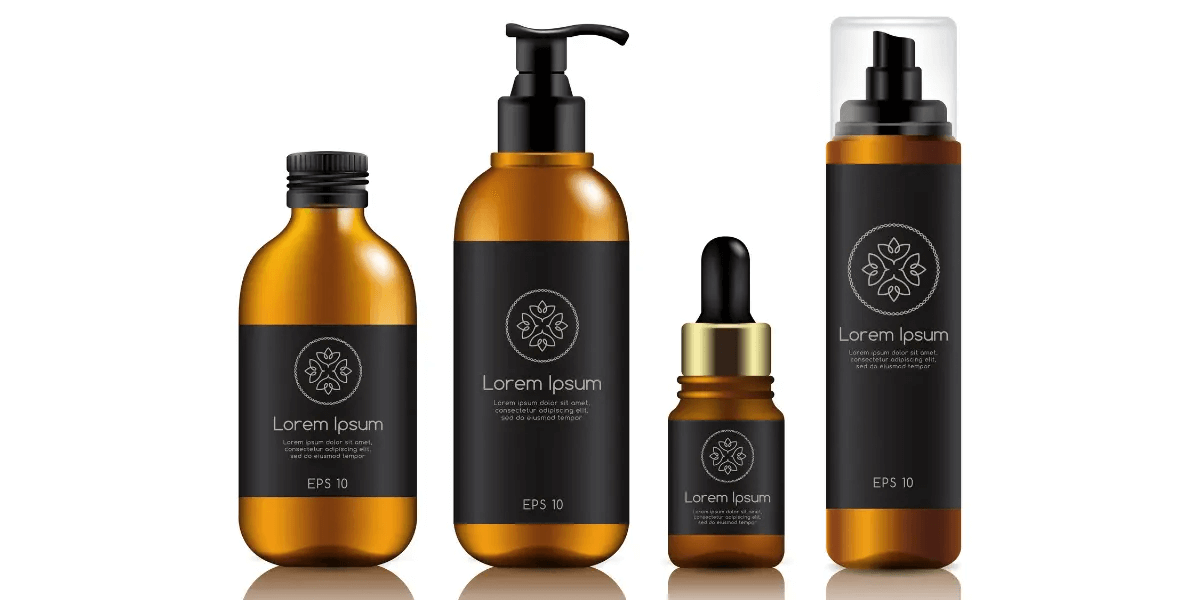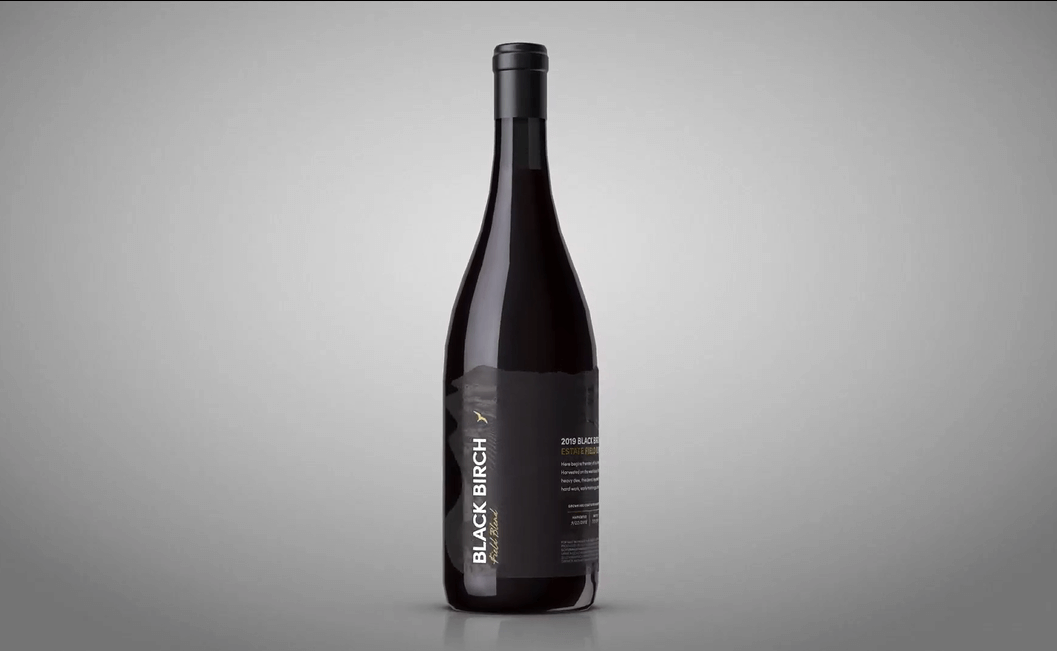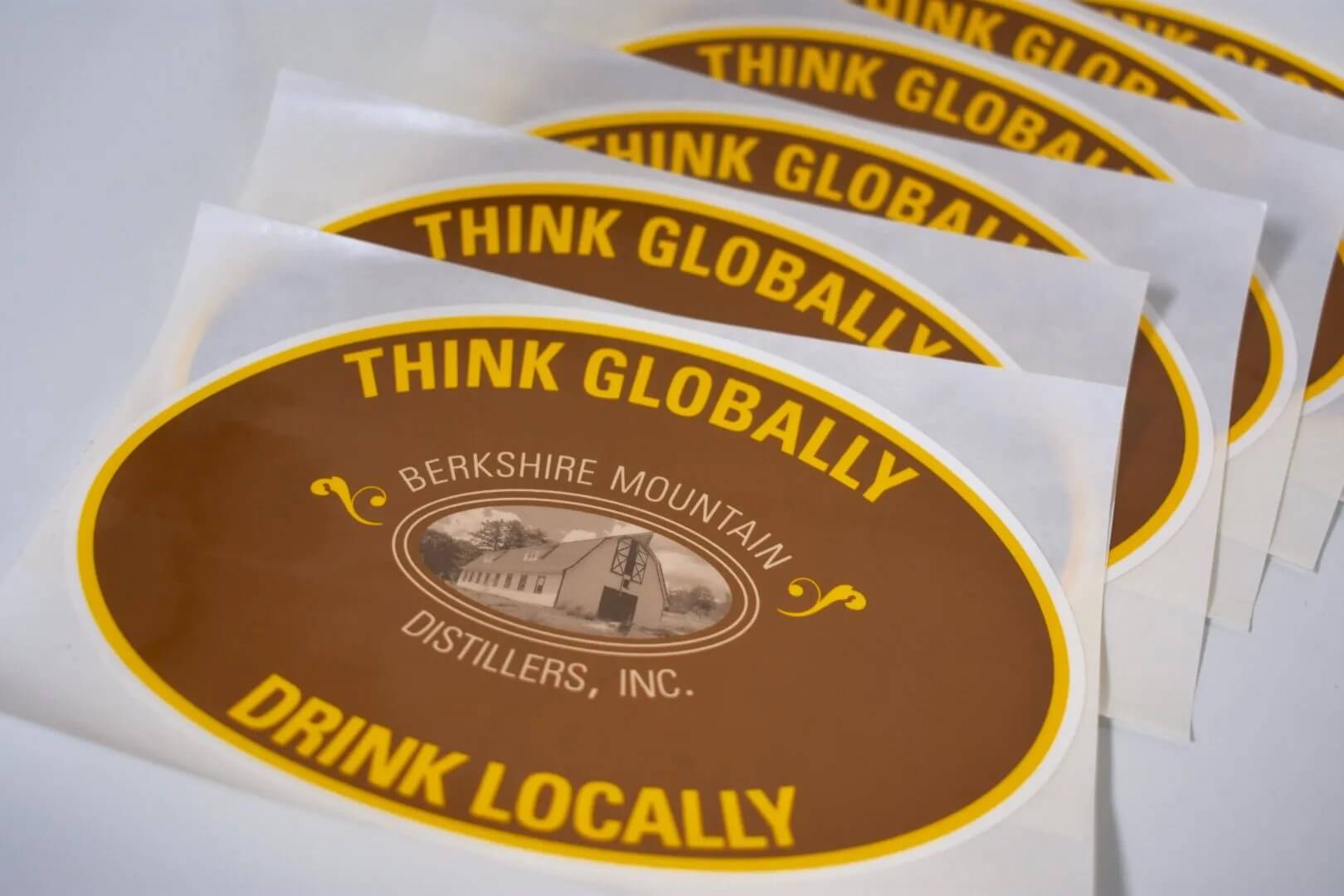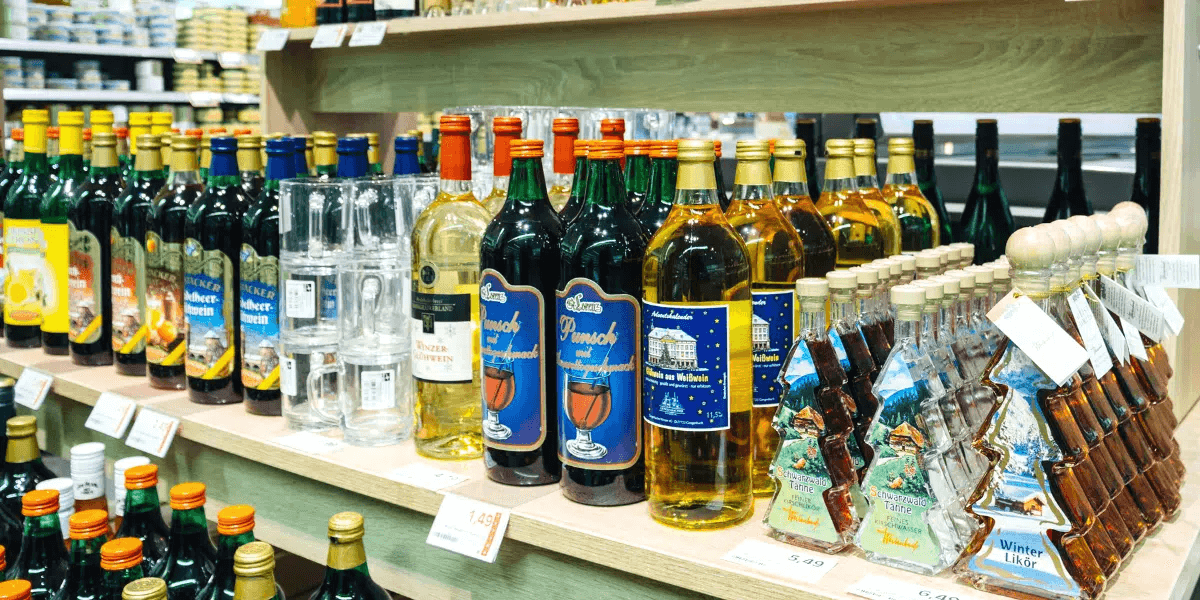
Pressure Sensitive Labels – Offset vs. Flexo vs. Digital
Pressure sensitive labels are versatile labels used for a variety of products such as glass bottles, metal auto parts, food and beverage containers, frozen or chilled food containers, wine and spirit bottles, household goods, personal care items and more. Much like stickers or decals, pressure sensitive labels are easily applied to any surface, and require light to moderate pressure to adhere to the surface.
Pressure sensitive labels can be printed on paper, film, plastic and other substrates. These labels are sought after due to the fact that they are easy to use, and cost effective. Pressure sensitive labels are easy to adhere and to remove. In addition to this, pressure sensitive labels can also be repositioned, which helps to cut down on waste. Repositioning a label typically cannot be done with the use of labels that require heat or solvents to be applied.
Pressure sensitive labels provide the best of both worlds as they can provide high end design and vibrant branding, in addition to being affordable and sustainable. Pressure sensitive labels can be easily designed to include attractive branding, colors, and custom dimensions. This creates an effective and eye catching label for consumer goods, that is affordable and user friendly.
Pressure sensitive labels can also be printed with different finishes and levels of resistance to best fit your needs. These finishes include UV proofing, abrasion and scuff resistance, in addition to chemical exposure, temperature, moisture, condensation and humidity resistance. These levels of added protection result in pressure sensitive labels being able to last longer and hold up in rugged environments, resulting in a more sustainable label.
While the way in which pressure sensitive labels are used and applied is consistent across the board, there are some differences that exist in the manner that pressure sensitive labels are printed. Pressure sensitive labels can be printed using offset, flexographic, and digital printing techniques. There are benefits and setbacks depending on which method of printing you decide to use, based on your labeling needs.
Offset vs Flexographic vs Digital Printing
- Flexographic Printing
- One of the primary printing methods used to produce pressure sensitive labels is flexographic printing. Flexographic printing uses rotary, flexible plates that apply ink to a variety of substrates including paper and finishing with a laminates or coating, die cut the shape you are looking for to create high quality pressure sensitive labels.
- Flexographic printing is great for large orders and can provide labels on rolls, which is very convenient for large volume and machine application. The flexible plates used in flexographic printing allow for your copy or design to be directly printed onto the paper or substrate. This allows for a faster printing process with less room for error or misprints.
- This style of printing also allows for easy application of different cosmetic and protective finishes. This includes matte and glossy finishes, as well as overlaminates, which provide added ink protection. Flexographic printing can easily apply protective finishes and coatings that will help your pressure sensitive labels hold up through the toughest conditions.
- Another benefit of flexography is the ability to print on a variety of different surfaces and textures, opposed to offset printing which only allows for printing on smooth surfaces.
- If you are looking for versatile, fast, durable printing, especially for large batch and bulk label orders, flexographic printing is the way to go.
- Digital Printing –
- Digital printing is another great method used to print pressure sensitive labels. Digital printing is especially useful when printing short run labels, small batches, or multiple skus. The reason digital printing is more sought after for these printing needs, is because digital is more affordable when printing in small quantities.
- Flexo-Graphics’ digital printing presses can print on all of the same substrates and papers that are used in the flexographic printing process.
- Much like flexographic printing, the same protective and cosmetic finishes or films can be applied to pressure sensitive labels.
- Digital presses also allow for easy variations in design, and have the ability to print on a roll. This allows for customization or variants from one label to the next, much like the Coca-Cola labels that have different names on each bottle. This also allows for personalized QR codes or URLs from one label to the next.
- Digital printing is a great option for anyone who is currently using labels printed on standard paper, film, or substrates, as they can continue to use the same print materials when working with a digital printer. This helps with continuity and application as materials do not need to be swapped or requalified.
- Digital printing is also a sustainable option as there is less waste and it is easy to print smaller batches. This means you can print just what you need and won’t have large amounts of leftover labels that need to be discarded.
- Offset Printing –
- While offset printing is a viable option for some print materials, it is not the best option for printing pressure sensitive labels for a few reasons.
- Offset printing is limited when compared to flexographic printing and digital printing. Offset printing is limited in terms of both printing materials and adhesives that can be used in this process. In addition to this, offset printing doesn’t have the ability to apply overlaminates, or protective coatings in line.
- Offset printing requires a secondary diecut process after being produced. The print is finalized in this step. This is when a laminate or UV coating can be applied to the label.
- Offset printing can only print to sheets, not rolls like digital or flexo printing. This means that pressure sensitive labels printed using offset technology cannot be applied with a machine.
Looking For Professionally Printed Pressure Sensitive Labels?
If you are in need of high quality, versatile, pressure sensitive labels, Flexo-Graphics can help. Flexo-Graphics can print custom, pressure sensitive labels on both digital and flexographic presses, to best suit your needs. This is particularly helpful for growing businesses. If you are wanting to start small with digital print short runs, and eventually graduate to large batch flexographic prints, Flexo-Graphics will make that transition smooth and effortless.
Many printers only offer one style of printing or the other, which means you have to find a new printer when your business expands or you decide to change your printing method.
Flexo-Graphics can help to manage your files and graphics, so switching from digital to flexo, or vice versa, is as simple as making a phone call. By not having to switch printers, this means you will maintain your continuity, and will not have to switch materials or adhesives.
If you are interested in designing and printing custom, pressure sensitive labels, or would like to learn more about these different print styles, contact Flexo-Graphics here. Flexo-Graphics is a one stop shop for all your printing needs, who will help you create a stunning label for an affordable price. Call Flexo-Graphics today to learn more!
THE LATEST FROM INOVAR
WE'RE HERE TO SERVE YOU
Creating and producing labels can be overwhelming, but our experts are here to guide you every step of the way. Whether you have a project ready to go, have questions about label applications or materials, or want to learn more about our services, our team is ready to assist you.




